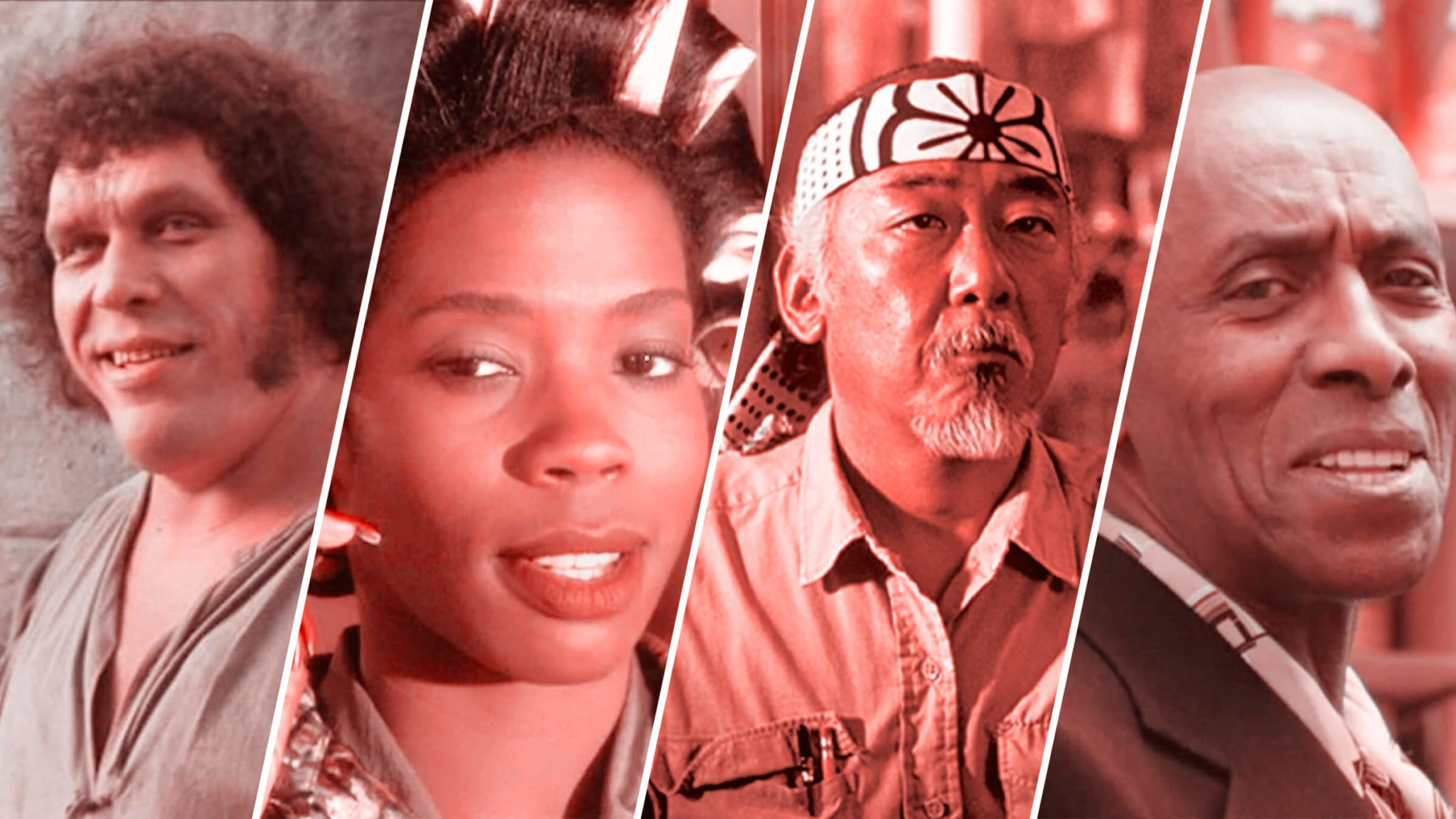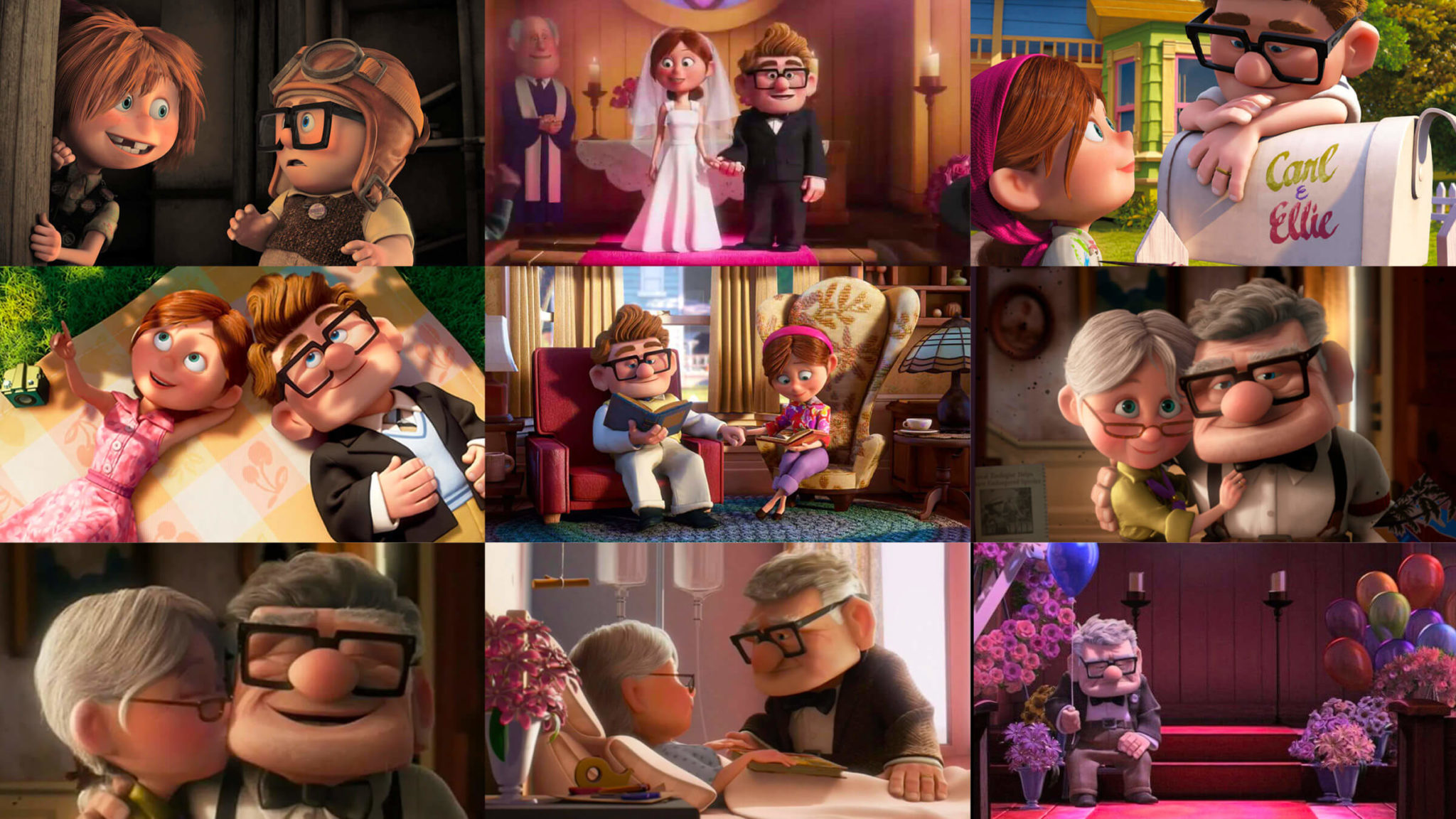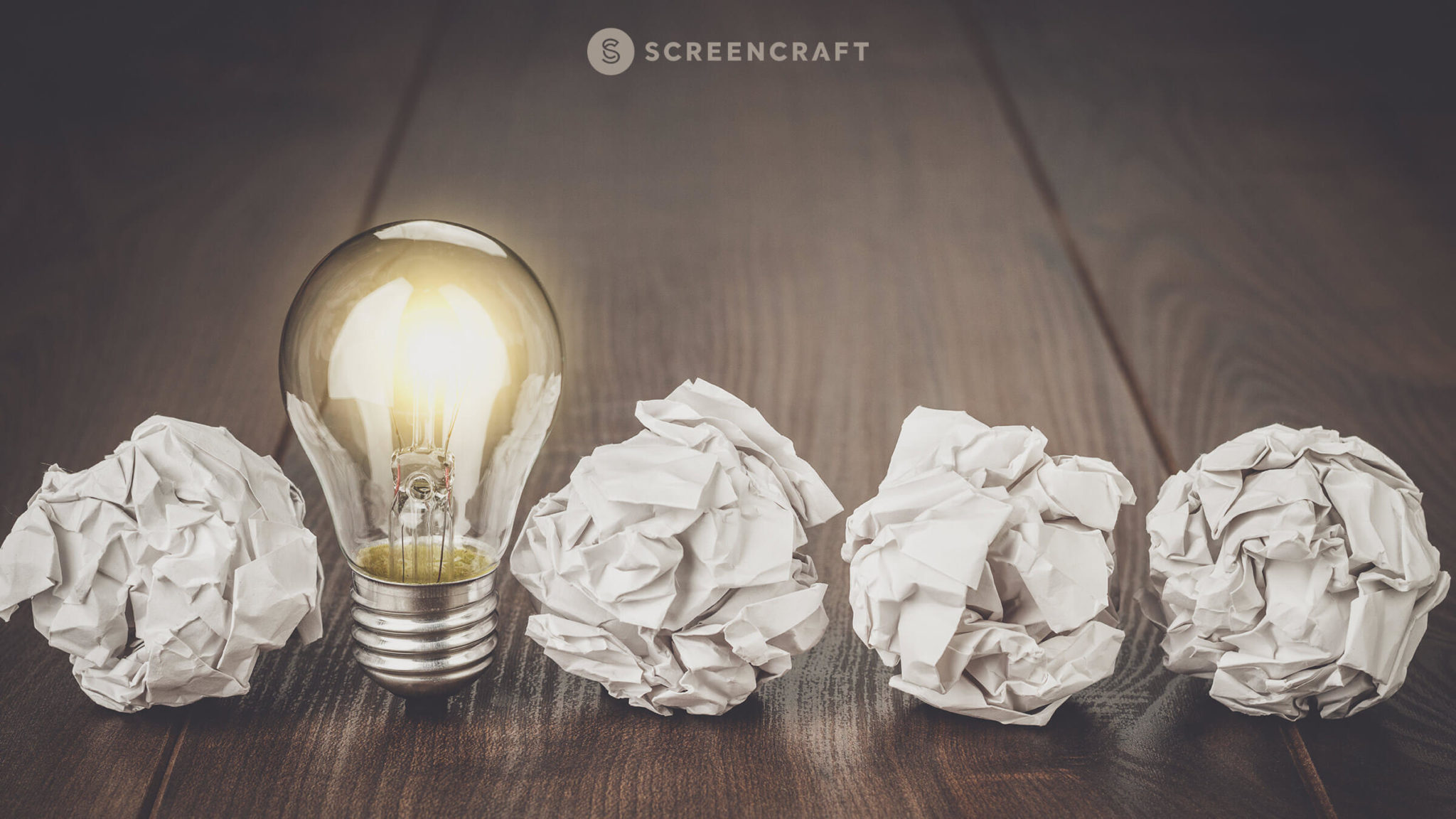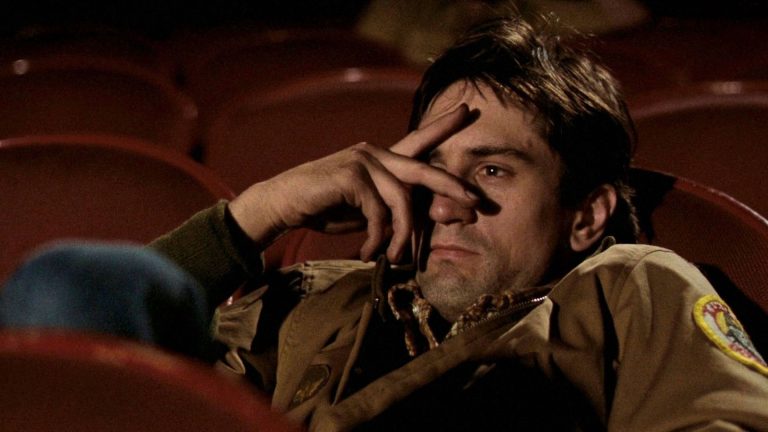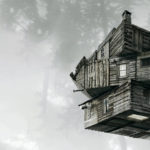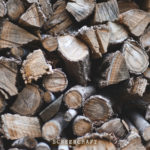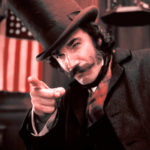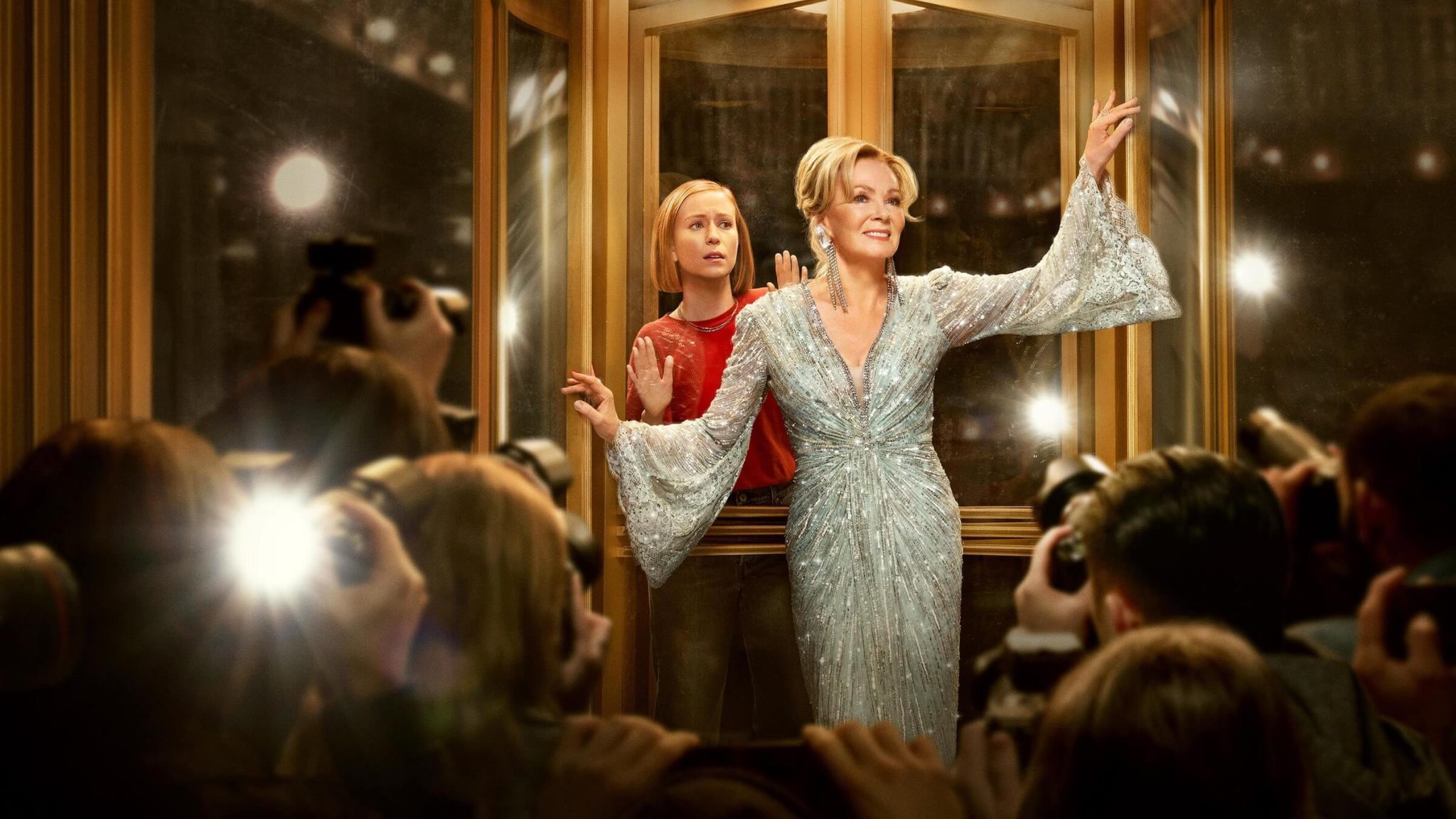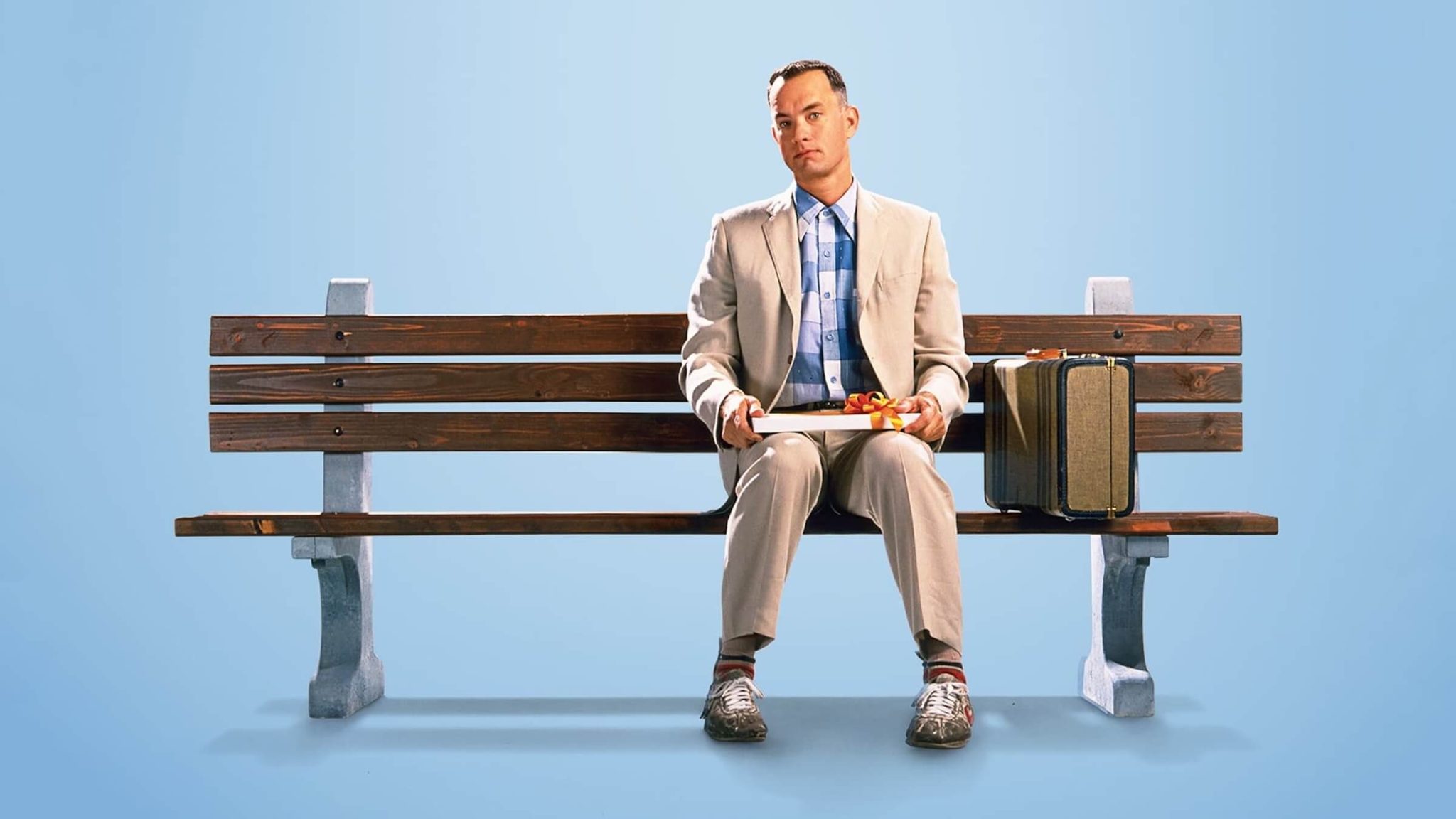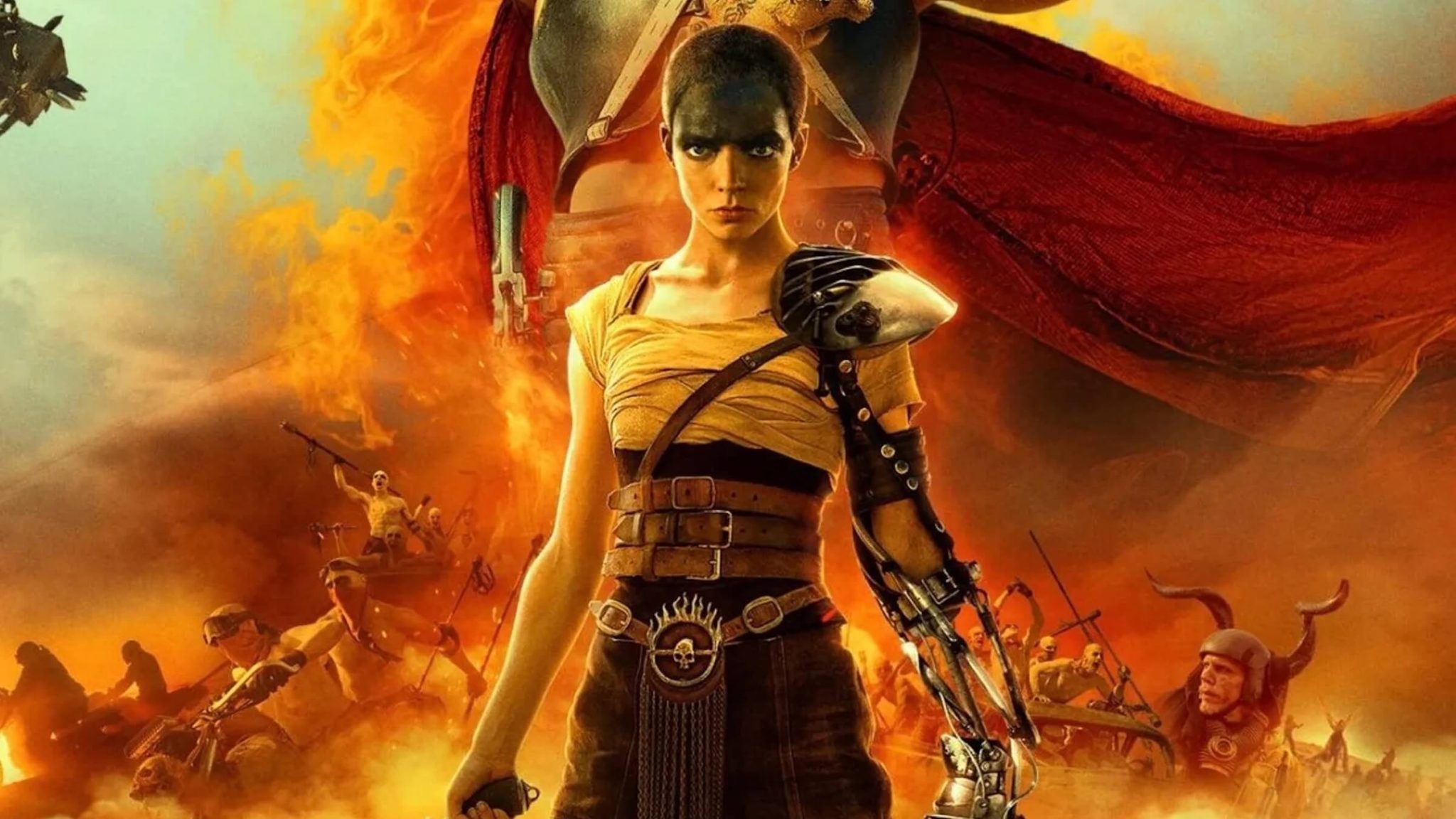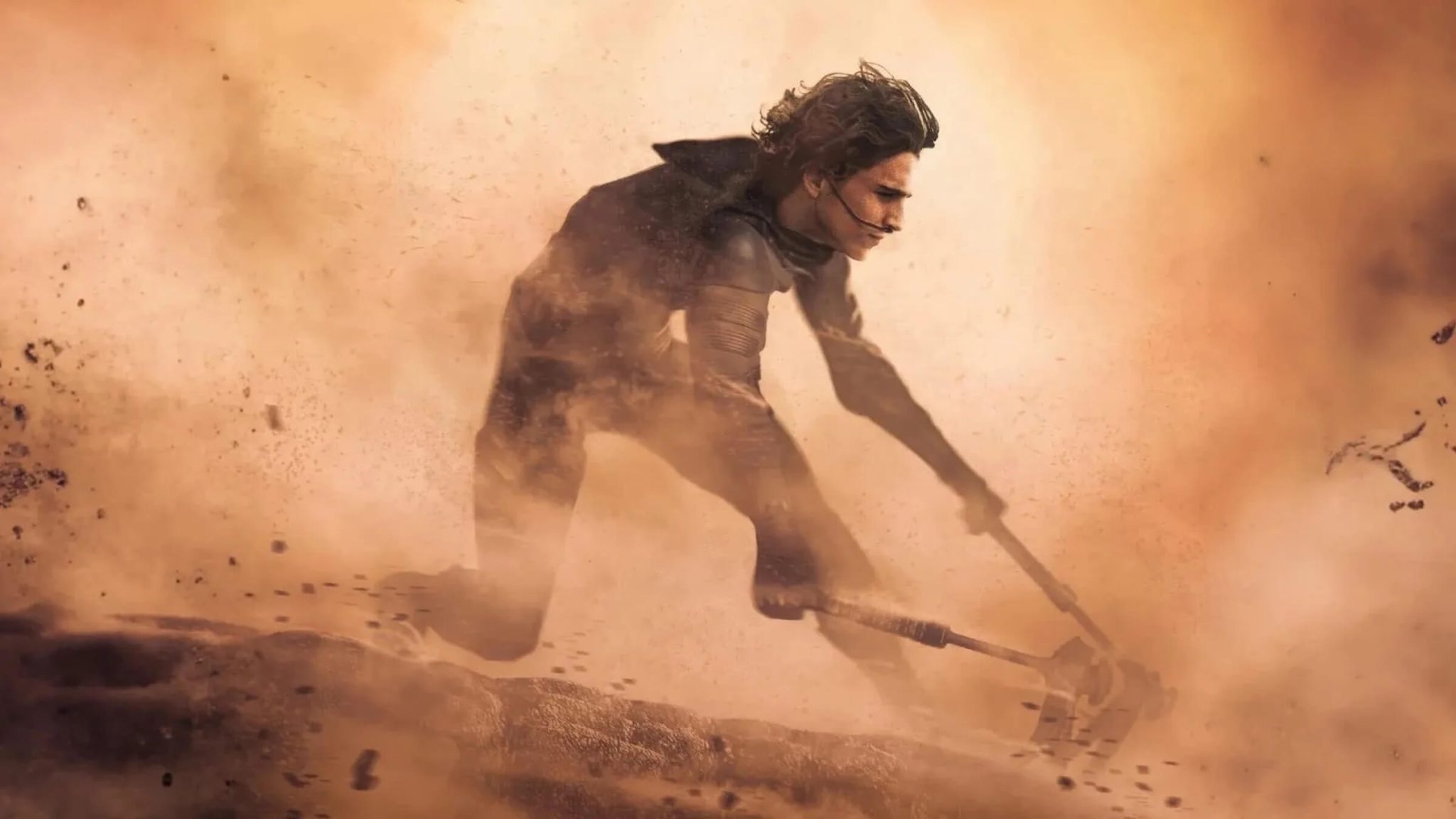Best "Plant and Payoff" Scenes Screenwriters Can Learn From

"If, in the first chapter, you say there is a gun hanging on the wall, you should make quite sure that it is going to be used further on in the story." — Anton Chekhov
The Plant and Payoff is a technique in screenwriting that offers added depth and meaning to two or more moments in a story and engages the audience with a more satisfying viewing experience.
The roots of plant and payoff — also known as Setup/Reveal, Plant/Reveal, Setup/Payoff — stem from foreshadowing, a literary device in which a writer gives an advance hint of what is to come later in the story.
For screenwriters and filmmakers, it is a tool that not only enhances your scripts, but makes the challenge of writing a compelling and engaging screenplay all the more fun — like spreading little Easter Eggs throughout your whole screenplay for readers and audiences to enjoy.
They can be significant, subtle, or just add to the style of the writing. They can take a routine action, drama, or suspense sequence and create more memorable moments that audiences will take home with them and discuss in those "water cooler" sessions at work or online. They can set up a weakness in a hero, a scare within a horror flick, a laugh within a comedy, a clue in a mystery, or an answer to the problem within a drama.
And even more important — when written effectively — plants and their payoffs can legitimize the twists, turns, and surprise endings of your screenplays.
The concept behind using plants and payoffs is to introduce a story point, visual, line of dialogue, character trait, or object early on within the script — usually in subtle fashion — and have that element return with the reveal that it is actually partial to the events to come later on in the story.
Here are some of the best examples of movie scenes that showcase the power of the plant and the payoff.
Beware of Spoilers!
Back to the Future/Opening Credit Sequence
This film — and its sequels — are peppered with so many plants and payoffs. But it is the opening sequence of the original that masterfully utilizes objects and visuals to foreshadow events, characters, and plot devices to come. Watch it here first...
We first notice the clocks, which allude to the element of time travel, and perhaps more specifically to the major setting in the film's climax — the clock tower. But if you watch closely you'll see more and more plants that play later within the film:
- The town drunk figurine within one of the clocks, foreshadowing the town drunk that witnesses Marty's return to 1985
- Another clock figurine that is hanging from the clock hands, foreshadowing Doc as he does the same in the climax
- The pictures of scientists and how they fit into Doc Brown's own science throughout the film
- The JVC Camcorder, which is later used by Marty
- The morning news mention of possible stolen Plutonium, which we later learn was used by Doc for the time machine and which also is later revealed to have been initially stolen by Libyan terrorists that eventually gun down Doc during Marty's escape — all of which leads to a final reveal once he returns to 1985 to save Doc
- The dog food can opening where the food is then dropped into a dog bowl with the name Einstein etched on it, foreshadowing the appearance of Doc's dog and his part in Marty's first witnessing of time travel
- We then see Marty enter, revealing his skateboard, which plays a pivotal role in the film
- Marty pushes the skateboard underneath the cot, revealing the box of Plutonium mentioned earlier
- And finally, we see Marty plug in his electric guitar and play a loud note on an enhanced speaker, foreshadowing the iconic scene of his guitar playing in 1955 and how he overpowers the audience that is not clearly ready for 1985 music
Blade Runner/The Unicorn
In Ridley Scott Director's Cut, the Unicorn dream that Deckard has is the center of the film in the end. Once you know what that means, the whole film changes.
Other plants that build to this are Gaff's origami that he leaves throughout the film, especially the final one he makes which is that of a Unicorn. How could he know that the unicorn had some significance to Deckard? Because he knew Deckard was a replicant and knew his replicant profile, much like Deckard knew about the spider outside Rachael's window.
Citizen Kane/"Rosebud"
Perhaps the best example overall in the history of cinema. The first word spoken in the film is Rosebud. The last words of a dying man. Who is this Rosebud? That's the question we ask ourselves throughout the whole film and the payoff is cinematic history.
Close Encounters of the Third Kind/The Five Tones
After the young boy, Barry, has his first encounter with aliens, he begins to play five tones on a musical instrument. These tones are then found throughout the whole film, later leading to the climactic setting of the mother ship opening communications with the humans with those five tones, followed by many more, creating some sort of universal language that the humans and aliens can communicate through.
Close Encounters of the Third Kind/The Shape
The same film has another masterful use of plant and payoff — the shape. After Roy's first encounter with the aliens, he begins to see visions of a shape when he looks at various objects. He first sees it when he has a mound of shaving cream in his hand. He stares at it and begins to shape it with a curious gaze.
Later, he's eating dinner with his family and becomes obsessed with his mashed potatoes, leading to a heartfelt scene showcasing his indescribable obsession with the result of what he is seeing in his head, but what he can't fully understand.
He takes his obsession to the extreme when he begins to build a massive and detailed model of a mountain in his house, forcing his wife to flee with their children in fear that her husband and their father is losing his mind. As he continues to add to the model, he still doesn't understand what he is building and why, until...
Devil's Tower is the location that the government has been trying to uncover. A location sent from the stars. A location that all who have encountered the aliens are being drawn to.
Die Hard/"Fists with your toes"
This is more of a subtle example. John McClane is told by a fellow passenger, after noticing that John doesn't like flying, that he should walk on the carpet barefoot and make fists with his toes — helps with the jet lag.
A small throw away comment leads to a classic scenario and sequence where John, as the building is being attacked by terrorists, must survive with no shoes after taking this advice. Then Hans says, "Shoot the glass" during a firefight (knowing from their previous encounter that John doesn't have shoes). John escapes, but he's terribly wounded as he pulls glass from his bleeding foot.
The Deer Hunter/Russian Roulette
We have the iconic and horrifying Russian Roulette scene within the Vietnam War storyline.
They essentially beat the game and prevail, escaping the prison camp.
But in the end of the film, after Michael finally finds his lost friend Nick that never returned from the war after they were separated after their escape, we see the true impact that was foreshadowed — with a more fatal and heart-wrenching result.
Finding Nemo/Walk to School
Marlan and his son Nemo, while on the way to Nemo's first day of school, discuss sharks and the age of sea turtles.
Marlan, while later on a quest to find his son, eventually encounters and later befriends a shark and sea turtle, and he also later learns how old sea turtles can live to be.
These are just two examples of the plants you can find embedded in that walk to school sequence. What else do you see?
Jaws/Air Tanks
Brody, Quint, and Hooper are off to sea, ready to hunt down a great white shark that has been terrorizing a vacation island. Quint watches with a smile as Hooper loads his high tech equipment, which includes scuba diving air tanks.
Along their voyage, Brody pulls a wrong knot, sending the air tanks tumbling as Hooper scolds him, followed by a warning of how dangerous those tanks really are — they could explode.
This leads to one of the greatest cinematic payoffs we've seen on the big screen.
Jurassic Park/Grant's Bad Luck with Technology
In the beginning of the film, and peppered throughout, we see Dr. Grant's apparent bad luck with anything related to electronics, computers, technology, etc.
This leads to all of the events that happen on that island, with the power going down, the security system on the fritz, etc.
Memento/"Remember Sammy Jankis"
Within Christopher Nolan's masterpiece, this line is repeated by lead character Leonard as he observes a tattoo on his body and tells the initial story to whoever he is talking to on the other end of the phone.
This leads to the core reveal at the end as we continue to learn more and more about who this Sammy Jankis is and what he has to do with Leonard and his situation.
Poltergeist/The Stuffed Clown and the Old Tree
In the opening scenes of this classic film, we are introduced to the Freeling family as they adjust to their new house. Robby, the middle child, clearly has some fear issues with two objects within the house — a stuffed clown and an old tree that looms over his bedroom window. The visuals of each are featured a couple of times, clearly setting up a the tension of what is to come.
And then we have the payoff of each.
Raiders of the Lost Ark/ "Snakes..."
Another one of the best plant and payoff examples in cinematic history. Indy, after escaping a bunch of natives in the opening, jumps into the plane as it flies away. He sees a snake in his lap and is terrified? "I hate snakes... I hate 'em!"
This leads to that cringing sequence when Indy is forced to deal with thousands in order to get to the Ark and to escape what would be his eventual tomb.
Rain Man/ "You're the rain man?"
This is an example of a story point — in this case an earlier line of dialogue — acting as a pivotal plant and payoff. We learn that Charlie's early childhood memory of "The Rain Man" that he brings up early on actually wasn't just a story.
This payoff begins Charlie's journey into further connecting with his brother.
The Shawshank Redemption/A Rock Pick and Rita Hayworth
The two main items that Andy asks Red for early on in the film are a rock pick and Rita Hayworth.
Red initially believes that Andy wants the rock pick to escape his cell. He then learns that Andy plans to use it to carve out a chess set from rocks. Later on, we don't know if Andy's Rita Hayworth request is literal, figurative, or just a joke as the prisoners watch one of her movies.
Little did we know that these two requests would become the most vital part of Andy's surprise escape.
The Shining/Previous Caretaker
Jack learns of the previous caretaker's fate through a story told by the hotel manager.
As most know, that fate matched Jack's in the end.
The Sixth Sense/Subtle Plants, Big Payoffs
This film is a clear masterpiece in suspense, as well as in the art of subtle but effective plant and payoff — all of which leads to one of the greatest movie reveals in history.
Watch the storytellers behind the film talk about the rules they made for themselves to present these clues so that when audiences watched the film for a second time, they didn't feel cheated.
Sleepless in Seattle/An Affair to Remember
Throughout this romantic comedy, there are constant references to the film An Affair to Remember. Later on, we see the ending mirror that of the iconic images found within that film.
Signs/Water and "Swing Away"
This may ruffle a few feathers, as the ending of Signs has proven to be very polarizing for many. You either love it or hate it — or forgive it because the suspense leading up to it was a good ride.
Regardless, the plants he uses are compelling and keep us engaged. And they surely lead to a concrete payoff.
The first plant is the continual issue with the little girl and water. Every glass of water tastes contaminated, leading to her leaving full glasses of water all over the place. Is this just a character tick, or is there something more? In the end, it saves them.
A secondary plant is the story that the father shares about his dying wife's last words — swing away. After losing his faith, he looks upon this moment as meaningless. Nothing more than dying brain cells shining on a past memory of watching her brother play baseball. But perhaps there's more to it than that?
The Thing/The Wolf
This is another example of a plant existing in the guise of a pivotal story point.
The film opens with a wolf being chased by a helicopter. They're trying to kill it.
The Americans come out of the research camp and watch as the chase is leading the wolf directly to them. They have to eventually kill the gunman trying to shoot the wolf, after an errant bullet hits one of their own. But why were they chasing the wolf? If they were just hunting it — illegally or not — why did they shoot into the crowd of Americans while screaming warnings at them? Since the Americans couldn't speak Norwegian, they didn't understand the warnings that foreshadowed what was to come.
Watch this clip with the English translation of what they were saying. The payoff is the rest of the story as we later realize the dangers of this wolf and what it carried within.
Twelve Monkeys/Dream Sequence
Within the film, the time-traveling prisoner on a mission, Cole, continues to dream the same dream. It starts as images of a child watching a man being shot. We see a little more every time we watch it. We start to see the clothes, the hair, the woman, etc. We're meant to believe that the child is Cole (it is), but by the time we reach the finale, it is revealed that there is an added element that leaves us shocked. And we're shocked because the constant plant brewed the question of, "What does this dream or memory mean?"
As we see more within the dream, we're led to different possible conclusions. We think the man little Cole sees may be Brad Pitt's Jeffrey.
This leads to the final scene where we see what this all means and who is being shot.
Shutter Island/Gun Troubles
This film is full of plants. One of the more subtle ones is Mark Ruffalo's Chuck character and his inability to properly holster his sidearm when it is given to him, despite the fact that he's supposed to be a cop. There are many more beyond this subtle detail (showcased below) but it's another perfect example of how screenwriters can pepper their screenplays with such set-ups.
And finally, we feature perhaps one of the greatest and most unique usages of plant and playoff...
Adaptation/The Third Act
People often get frustrated by the film's third act as it veers off into something more Hollywood. What they don't understand is that is the brilliance of this film's third act. Why?
Early in the film, Kaufman (Nic Cage) explains how he doesn't want to end his script.
"I don't want to cram in sex or, uh, guns or car chases, you know, or characters, you know, learning profound life lessons, or growing, or coming to like each other, or overcoming obstacles - succeeding in the end... life isn't like that, it just isn't."
It's a brilliant plant statement because that's exactly what ends up happening (i.e. the payoff) in the third act of the film. Guns, car chases, sex, growing, and overcoming obstacles.
The real Charlie Kaufman wrote himself into his screenplay because he didn't know how to adapt the book The Orchid Thief. And Charlie clearly doesn't write typical Hollywood cliches and tropes in his scripts. The final script and film is irony at its best.
These are plants and payoffs handled in a way only Charlie Kaufman would attempt.
Let us know what great plant and payoff scenes we missed in the comments below!
Ken Miyamoto has worked in the film industry for nearly two decades, most notably as a studio liaison for Sony Studios and then as a script reader and story analyst for Sony Pictures.
He has many studio meetings under his belt as a produced screenwriter, meeting with the likes of Sony, Dreamworks, Universal, Disney, Warner Brothers, as well as many production and management companies. He has had a previous development deal with Lionsgate, as well as multiple writing assignments, including the produced miniseries Blackout, starring Anne Heche, Sean Patrick Flanery, Billy Zane, James Brolin, Haylie Duff, Brian Bloom, Eric La Salle, and Bruce Boxleitner. Follow Ken on Twitter @KenMovies
For all the latest ScreenCraft news and updates, follow us on Twitter and Facebook!
Tags
Get Our Screenwriting Newsletter!
Get weekly writing inspiration delivered to your inbox - including industry news, popular articles, and more!








